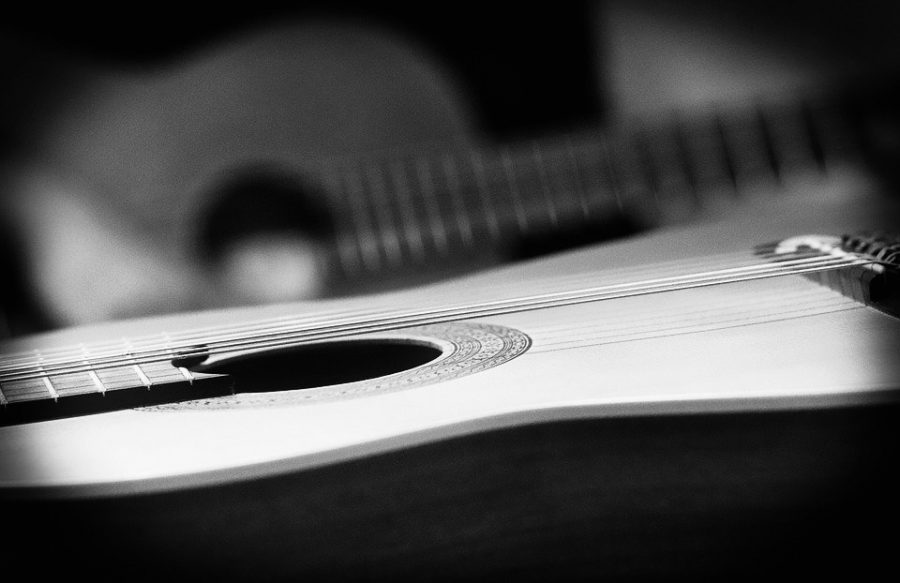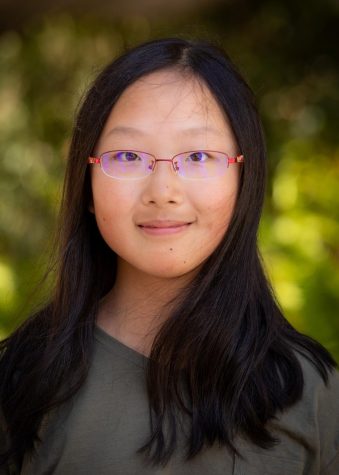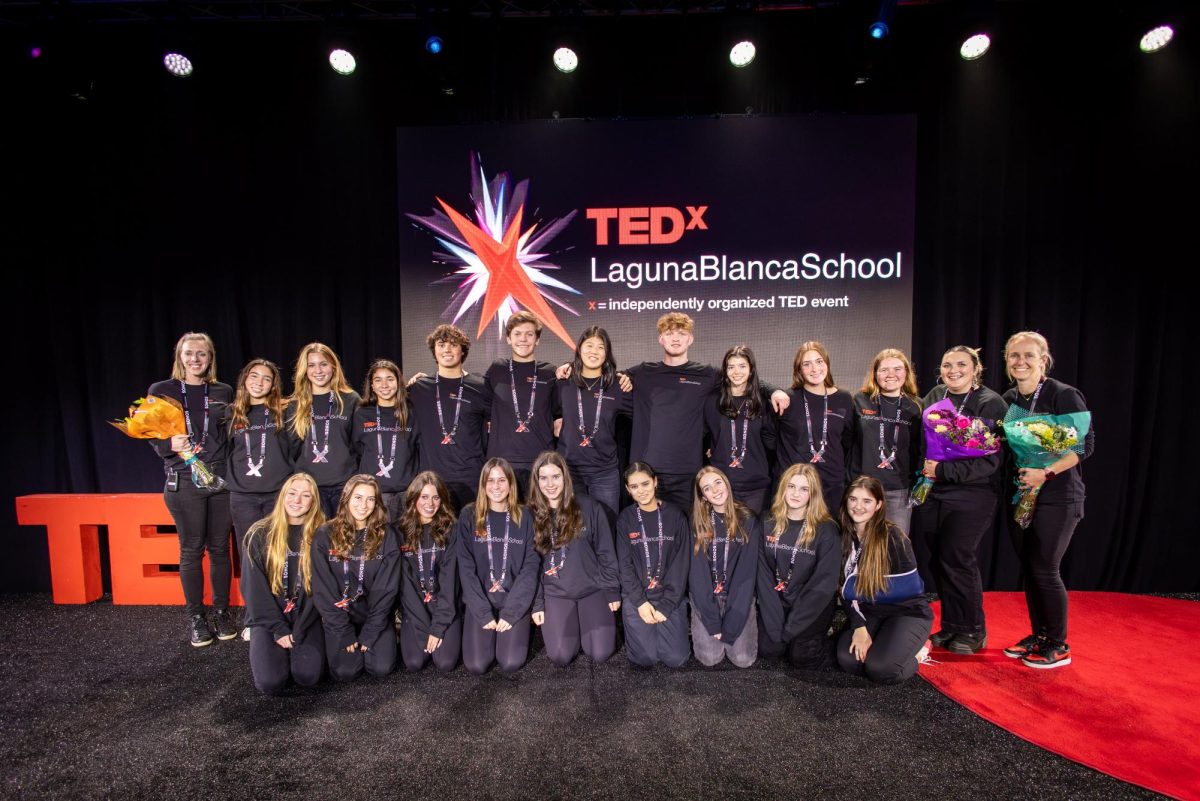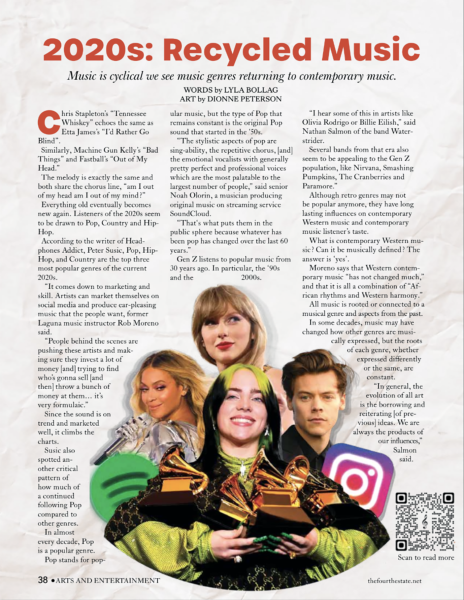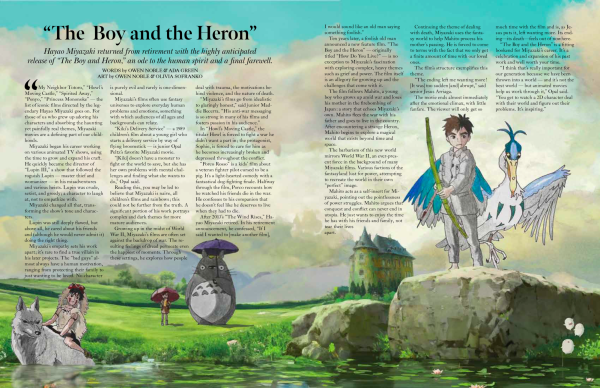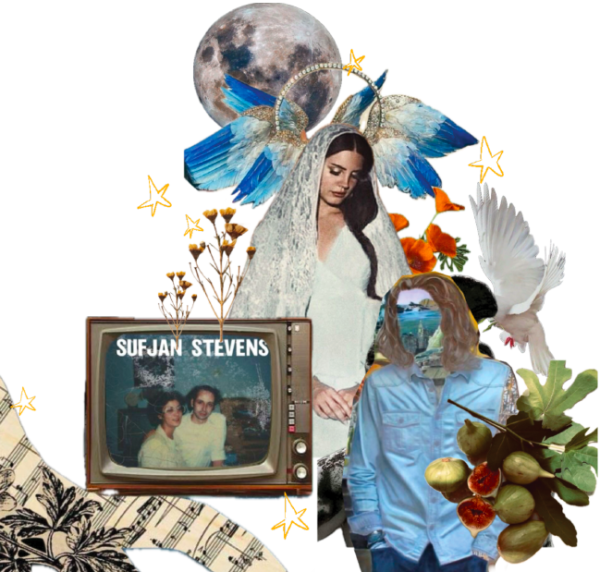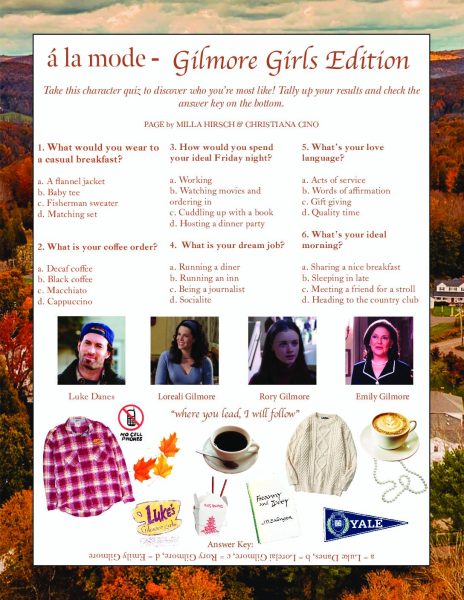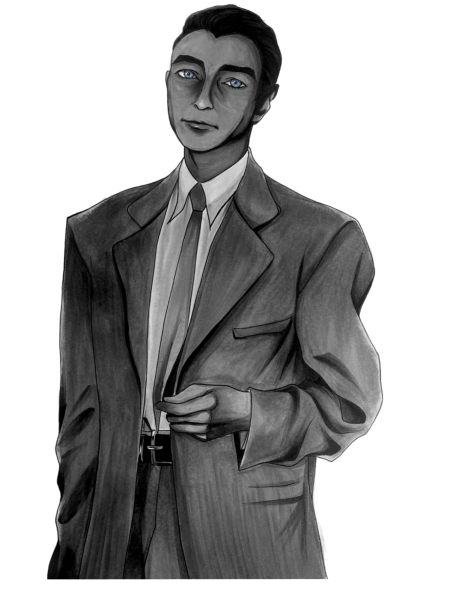Alternative Music: Raflum & Jì lú
Two recent music projects signify a new dimension of music composition and interpretation.
February 27, 2020
As pop and rap have become the most prevalent genres of music today, some search for complementary music to breathe and meditate amid the consistent anxiety and stimulations of their fast-paced life. If that describes you, the two music projects below may be exactly what you’re looking for.
Raflum, also known as “melancholic autumn enchained by rain,” is a solo project from Sichuan, a province in southwestern China, produced in late autumn in 2009 by Han. The project released three albums in total, including “Forgotten Woods in Autumn’s Silence,” “Melodies of Forest and Springs,” and “Guī Zhào” (returning boat).
In 2016, Raflum’s musicians started a new project Jì lú, the continuation of Raflum. The music is highly influenced by other Neo-folk bands like Vàli, the Norweigian nature-related music created with acoustic guitar and cello.
An apparent focus in Raflum, Jì lú or Vàli, ancient cultural references abound in Neofolk music. Based on this notion, Raflum and Jì lú, especially the latter, incorporate traditional elements including instruments from a variety of cultures, such as western classical guitar from Spain, eastern bamboo flute and shakuhachi, a longitudinal, end-blown bamboo flute with ancient Chinese origins that is now more prevalent in Japan.
The plucking sound of guitar strings is also intentionally accentuated in each album. This string sound–scraping across the strings when the hand changes from one position to another–is a technique widely used in playing Guqin, a plucked seven-string Chinese instrument that has been played since ancient times and is particularly favored by the literati.
Besides, Jì lú highlights regional features by interweaving Sichuan as well as Jiangzhe dialects into the inarticulate chanting.
This way, while the incorporation of unique aesthetic elements from Chinese classical music — specifically the lack of fixed rhythm pattern and phrases of melody — spark a spontaneous and natural flow, employing classical guitar makes Raflum and Jì lú more appealing to a world audience raised primarily with western, especially American, music.
This includes those who grew up in China, as western music’s influence is worldwide.
In other words, one may see Raflum and Jì lú as a compromise that allows a broader range of listeners to appreciate the music while giving them tastes of the cultural and spiritual expression.
However, Jì lú denies the notion that its productions are attempts to create a retro Chinese sentiment. The rationale is that while many artists have not fully comprehended ancient customs yet, they eagerly attempt to convey such retro sentiments by forcibly transplanting symbols of antiquity and culture — also known as cultural tourism.
In Jì lú’s vision, tradition is not about rigid retro, but about organically advancing on top of tradition. Everything progresses along with history, and a fixed culture fails to catch up with the pace of history.
Apart from incorporating cultural values and schools of thought, the themes the musicians intend to express also largely shape the music. Vàli, Raflum, and Jì lú all create ambient, fragile compositions with mobile, flowing phrases throughout, and each sequence is free of a hurried rush to the end, focusing on the moment.
Music instructor Robert Moreno said, “the format is simple, there is typically a repeating rhythmic figure that outlines the key center and general tonality of the piece. This is a cyclical and repeating melody. Then the other two voices are added, which creates more melodic variation and is heard as an interplay between the flute and voice.”
However, the music is not all about the sounds themselves but the listeners’ experience it evokes. The occasional dissonance in the compositions along with breaks, inarticulate chantings, and white noises transforms the music into a natural journey or a meditative conversation that actually exist around us instead of overly perfect, artificial, and unrealistic scenarios — in fact, the two albums of Jì lú were completely improvised.
The pure, unaltered, and “soothing sound serves as a catalyst for introspective thought or pondering the state of our current existence,” commented Moreno.
Indeed, the humble music seeks to draw the minds of listeners rather than simply to please their ears.
“This is ego-free music. It seems as though the artist is presenting music that already exists around us, rather than the common “look at what I created” or “listen to MY story,” said Moreno.
Skogslandskap, an album of Vàli, “is conceived as a journey through a Norwegian wood in the autumn, beginning at dusk and ending at dawn, a journey revealing the peace and beauty of virgin nature.”
While continuing this theme of rambling through forests and springs in the three albums of project Raflum, the musicians add more traditional Chinese and Zen elements to Jì lú, regarding its two albums, “Mountain, Traveler, Listener” (2019) and “Songs of Agama” (2019).
“Mountain, Traveler, Listener” is considered a contemplative dialogue on the subject of landscape. It reveals the irony that in contrast to the popular belief that considers natural landscape a place of leisure, “the real landscapes are actually ‘horrible nature.’”
Therefore, traditional Chinese landscape paintings, often portraying ideal landscapes for reclusion, are in fact “tame nature,” where hermits “‘observe with meditation[, ]lie down to experience’ and ‘[sit] in the forest and spring instead of going to the banquet’.”
On top of this, Jì lú further presents the landscape’s relationship to our modern society as well as its aspirations of the music’s legacy on listeners: As humans we’ve always desired more and more industrialization, but now that we’re in the thick of it, many people are pulling away from urban settings, aspiring to live a simpler lifestyle in a more natural environment.
The artists also name their songs according to their duration in minutes and seconds. The goal of this unique naming system is to give the listener freedom to interpret the song their own way instead of setting the piece in a certain frame of words within which the listener will experience it. This “allows you to feel your own emotions and think your own thoughts,” said Moreno. Under these circumstances, “the distant, outmoded, cumbersome and vague image of landscape might leave a huge space for ‘starting again.’”
In addition to interweaving sophisticated thoughts of tradition and landscape with music, what ultimately distinguishes Raflum and Jì lú from other musical productions is the musicians’ intention to compose.
Moreno stressed that this “ego-free music” is “especially uncommon in modern music as much of it is clearly a means to a financial end. Much of modern music is completely lacking in emotion and strives to find some way to turn ‘Capitalism’ into an emotion or sound.”
On the other hand, without any advertisement or publicization, rather than make a fortune or hope for a popular acceptance or appreciation, the musicians intend to simply enjoy, integrate art into lives and add some temporary perfectness to the imperfect life.
Finally, they wish that one day this music project has the capital to become a new spring that would merge into the river of history and serve as a proof of our delusion to resist the passing of time.
(All of Raflum and Jì lú’s thoughts regarding their music productions that are either translated, paraphrased or directly quoted in this article can be found on Jì lú’s blog.)



